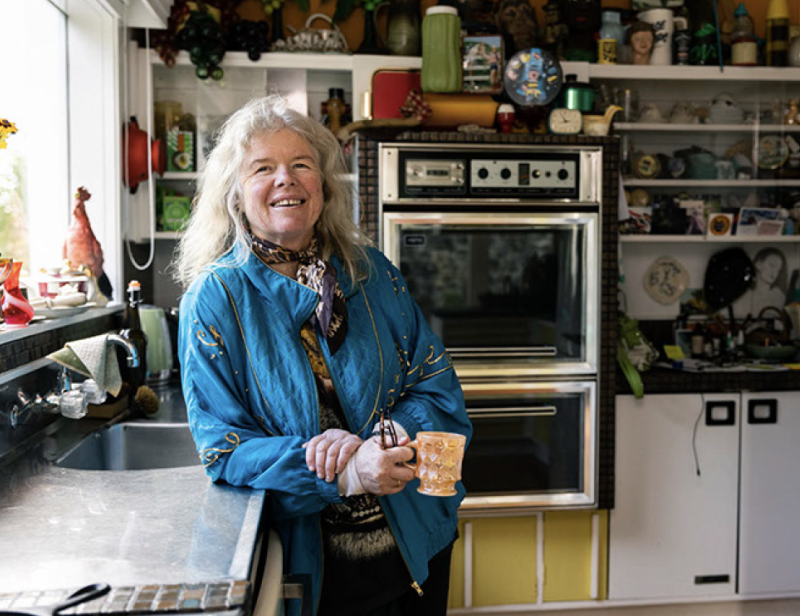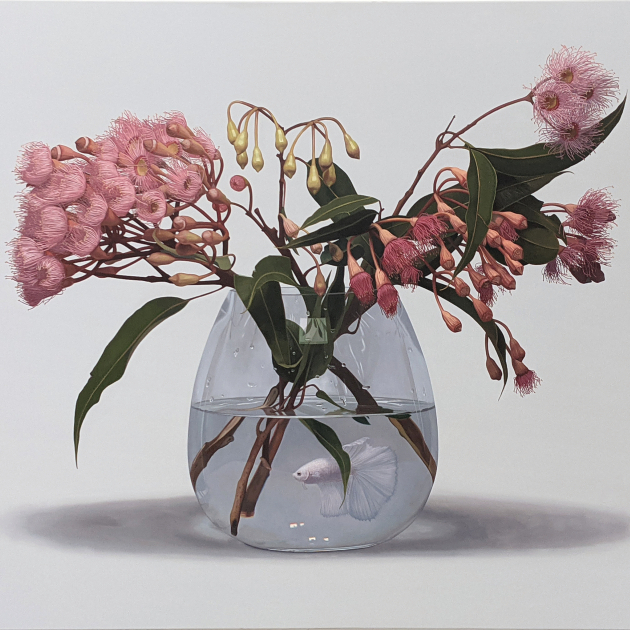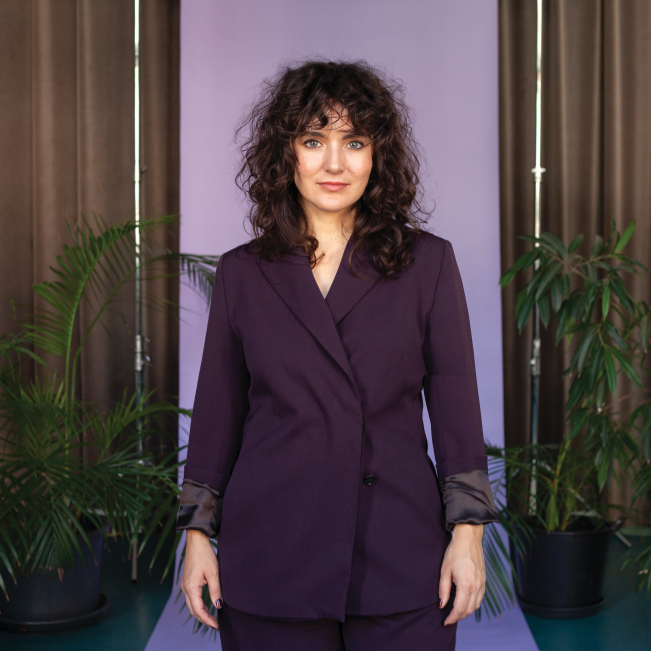Judy Darragh: Part and Parcel
In forms from photography to installation, Judy Darragh takes us into spaces of both memory and physical experience, along the way combining the social, political and personal.
Words: Sue Gardiner
Feminist theorist Rosi Braidotti wrote, in an essay for the 2017 Anthropocene Feminism journal, of the need “to acknowledge the embodiment of the brain and the embrainment of the body”. In new works by Tāmaki Makaurau Auckland artist Judy Darragh, the idea of closer entanglements between body, mind and the materials of the world is front and centre. Known for using a range of media, from discarded detritus to mass-produced objects, all presented in forms from photography to installation, Darragh focusses on the fluid way rampant materiality interconnects with the rhythms of the body and brain. “Everything we make is an extension of our human senses, bodies and minds,” says Darragh, referring to the writing of Canadian philosopher Marshall McLuhan.
The female body has always played a vital role in Darragh’s work, from fragmented limbs and body parts to a furry pelvic floor, to the effect on vision of a stroke, or the folding cellular layers of skin. “The only thing we really understand is the body we live in,” she says as she prepares for her next exhibition, Memory Foam, which will show at Two Rooms, Auckland.
Darragh was awarded a New Zealand Order of Merit (ONZM) in 2020 for services to the arts over her 35-year career and has exhibited in both public and private galleries. A high-profile mentor for artists, Darragh recently established Art Makers Aotearoa with a group of artists advocating for a new conversation about art and artists. “How can we talk about art, without being elitist or threatening,” Darragh says. “It needs to just be part of everyday life.”
For her upcoming exhibition, Darragh springboards from her expansive 2021 solo exhibition, Competitive Plastics, at Objectspace, an Auckland public gallery. Works in that major exhibition revealed the circulation of meanings shared between object and body – drawing out close connections, in a negotiation of sorts, between the human body and the often toxic and usually mass-produced materials the artist uses. Plastics, foams and synthetic fabric clamoured for attention.
From the multi-part installation, Choir, 2021, to the soft furs of a floor installation, Pelvic, 2021, and from photography to collage, these resonances revealed states of stretching, lunging, wrapping, exploding, masking, blurring, leaning, drooping and obsessing. As meanings emerged, the exhibition was an exploration of memory, ritual, addiction and toxicity, confusion, comfort and well-being, restraint, protest and habits.
For her next show, two photographic works from her Competitive Plastics exhibition move across into Memory Foam, expanding her engagement with two key themes.
Stroke, 2021 and Crunch, 2021, are installed against the wall to the artist’s own height, and test different states of visual relations.
Stroke is a simulated blurred image which refers to the disruption of vision that may occur to the part of the brain that controls vision after a stroke. Consciously feeling the eye muscles straining, the viewers must work hard to see this image which is, in effect, about denying the specificity of the recognisable, or the representational within the visual process and accepting the mysteriously unknown. Seeing and not seeing are folded together.
Crunch, on the other hand, brings together close visual similarities between the cellular structures of a human body, the natural landscape and industrially produced foam and polystyrene.
While links between synthetic and biologically active components are the topics of current scientific research, it is via the visual senses that Darragh reveals her interest in these multiple states. She is drawn to the writing of French philosopher Catherine Malabou who explores the unity between seemingly different states of being and how they may intersect, or fold in on one another, mutating and changing as a result of experience. In Darragh’s case, it is the powerful, and at times mysterious, experience of seeing that takes centre stage.
MARY-LOUISE BROWNE – DIRECTOR, TWO ROOMS, AUCKLAND:
Judy Darragh’s unusual choice of recycled materials and media can be read as a means of engineering a new visual language through which to think about society and its excesses. Reading the list of materials that go into a single work by Judy can make you feel as though you have slipped into a science fiction movie in technicolour, in which art is understood to be a pervasive bodily experience. Judy offers a humorous vision of a future that recycles the past; hybrids of high-end department store displays and laboratory observations.
Curators and gallery directors are drawn to Judy’s large scale and ambitious installations and she has been commissioned to present massive installations and exhibition projects in New Zealand’s most important art museums. We find Judy’s works endearing and enduring as do independent collectors. In accordance with her principles, Judy deliberately sets her prices modestly. Yet for this modest investment, Judy takes the collector through doorways into spaces of both memory and holistic physical experience, combining the social, political and personal.
KIM PATON – DIRECTOR, OBJECTSPACE, AUCKLAND:
I first came across Judy’s work when I was an art student at Massey University in Wellington in the early 2000s when her major show at Te Papa, Wellington, So… You Made it? opened. It was a revelation to see an artist like Judy getting this kind of attention at a national museum. There are many things I find compelling about her practice: her humour; her magician-like mastery of material compositions; her staunch feminism; her big, brash, non-apologetic sculpture.
Judy’s engagement with material production and consumer culture could not be more prescient. In her show at Objectspace, she hones in on this, on plastics and petrochemicals. What is so valuable though is that Judy also attends to the role that cheap and accessible consumer objects play in daily life. It’s an easy thing to reduce an issue to good versus bad. Judy doesn’t do this. She acknowledges that strange colourful joy that can be found in plastics (or even more strangely, cigarette packets). She demands that we look and pay attention to these objects. For better or for worse they have been brought into this world, they exist. So what are we going to do with them?
This article was originally published in Art Collector issue 99, January-March 2022.









